Social listening: what it is, why it matters, and how to do it
What is social media monitoring? Why is it important? What are the best social listening tools? Find out with this quick guide for 2020.
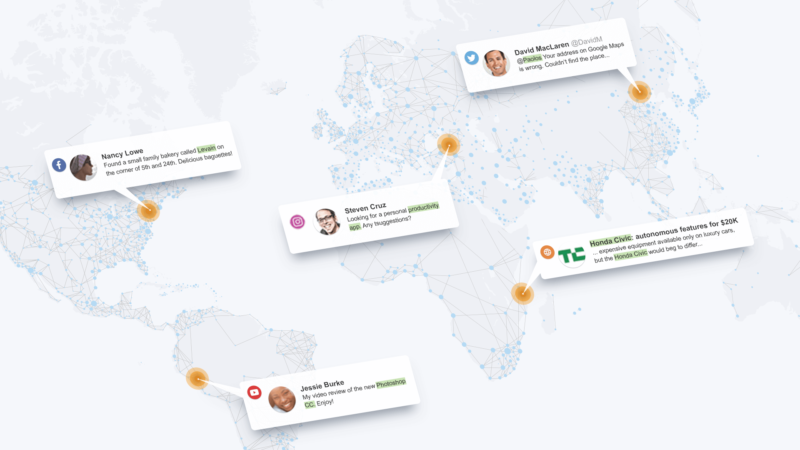
Boom! Someone just posted a tweet praising your product. On the other side of the world, an article featuring your company among the most promising startups of 2019 was published. Elsewhere, a Reddit user started a thread complaining about your customer care. A thousand miles away, a competitor posted an announcement about a new product they are building.
What if you (and everyone on your team, from Social Media to PR to Product to Marketing) could have access to that data in real time?
That’s exactly where social listening steps in.
What is social media listening?
Social listening is the process of tracking mentions of certain words, phrases, or even complex queries across social media and the web, followed by an analysis of the data.
A typical word to track would be a brand name, but the possibilities of social media monitoring go way beyond that: you can monitor mentions of your competitors, industry, campaign hashtags, and even search for people who’re looking for office space in Seattle if that’s what you’re after.
Despite its name, social listening isn’t just about social media: many listening tools also monitor news websites, blogs, forums, and the rest of the web.
But that’s not the only reason why the concept can be confusing. Social listening goes by many different names: buzz analysis, social media measurement, brand monitoring, social media intelligence… and, last but not least, social media monitoring. And while these terms don’t exactly mean the same thing, you’ll often see them used interchangeably today.
The benefits of social listening
The exciting thing about social media listening is that it gives you access to invaluable insights on your customers, market, and competition: think of it as getting answers to questions that matter to your business, but without having to ask the actual questions.
There’s an infinite number of ways you can use this social media data; here’re just a few obvious ones.
1. Reputation management.

This is one of the most common reasons companies use social listening. Businesses monitor mentions of their brand and products to track brand health and react to changes in volume of mentions and sentiment early to prevent reputation crises.
2. Competitor analysis.
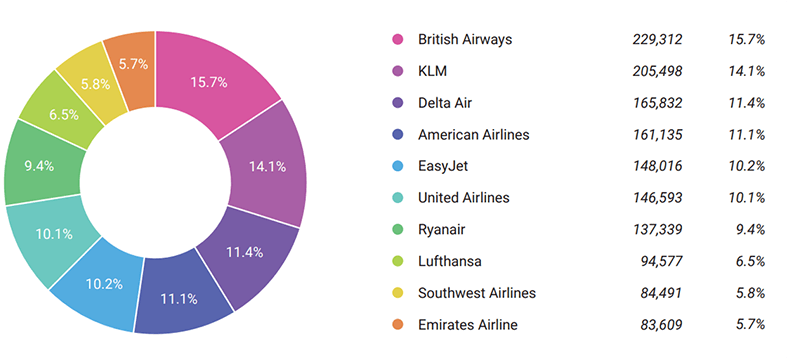
Social media monitoring tools empower you with an ability to track what’s being said about your competition on social networks, in the media, on forums and discussion boards, etc.
This kind of intelligence is useful at every step of competitor analysis: from measuring Share of Voice and brand health metrics to benchmark them against your own, to learning what your rivals’ customers love and hate about their products (so you can improve yours), to discovering the influencers and publishers they partner with… The list goes on. For more ways to use social media monitoring for competitive intelligence, this thorough guide to competitor analysis comes heavily recommended.
3. Product feedback.
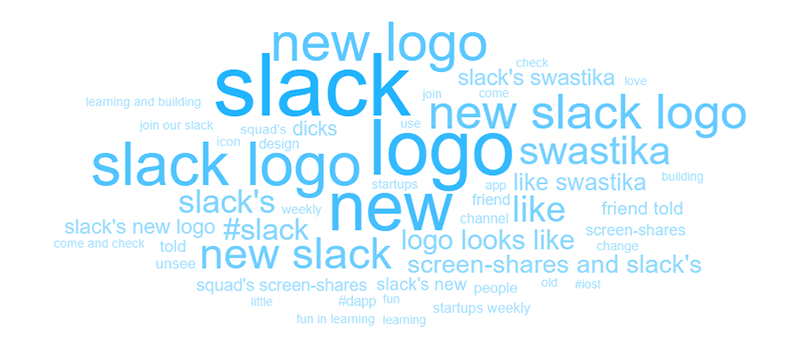
By tracking what your clients are saying about your product online and monitoring key topics and sentiment, you can learn how they react to product changes, what they love about your product, and what they believe is missing from it.
As a side perk, this kind of consumer intelligence will also let you learn more about your audience. By understanding their needs better and learning to speak their language, you’ll be able to improve your ad and website copy and enhance your messaging so that it resonates with your customers.
4. Customer service.
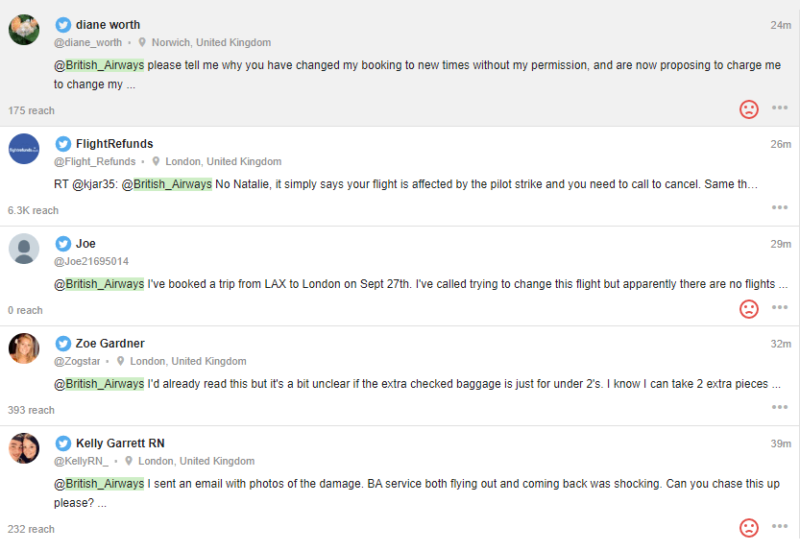
Let’s talk numbers.
Fewer than 30% of social media mentions of brands include their handle — that means that by not using a social listening tool you’re ignoring 70% of the conversations about your business. Given that 60% of consumers expect brands to respond within an hour and 68% of customers leave a company because of its unhelpful (or non-existent) customer service, not reacting to those conversations can cost your business actual money.
5. Lead generation.
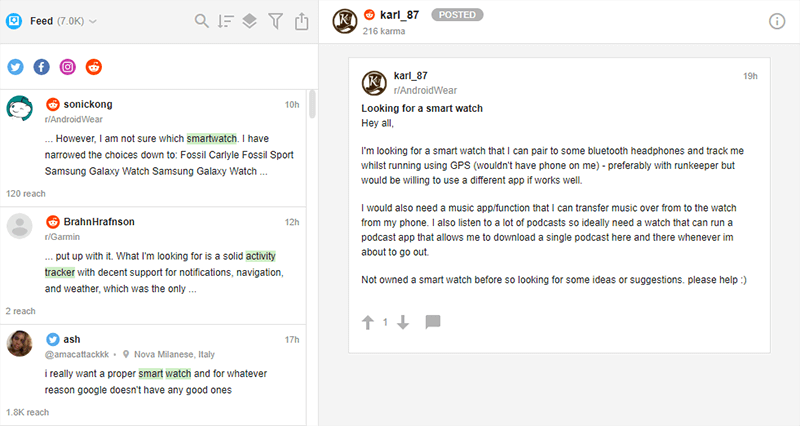
While lead generation isn’t the primary use case for most social listening apps, some offer social selling add-ons that let you find potential customers on social media. For the nerdy, Boolean search is an extremely flexible way to search for prospects: it’s an advanced way to search for mentions that uses Boolean logic to let you create complex queries for any use case. Say, if you’re a NYC-based insurance company, you may want to set up Boolean alerts to look for people who’re about to move to New York so that you can reach out before they’re actually thinking about insurance. Neat, huh?
6. PR.

Social listening can help PR teams in more than one way. First, it lets you monitor when press releases and articles mentioning your company get published. Second, PR professionals can track mentions of competitors and industry keywords across the online media to find new platforms to get coverage on and journalists to partner with.
7. Influencer marketing.
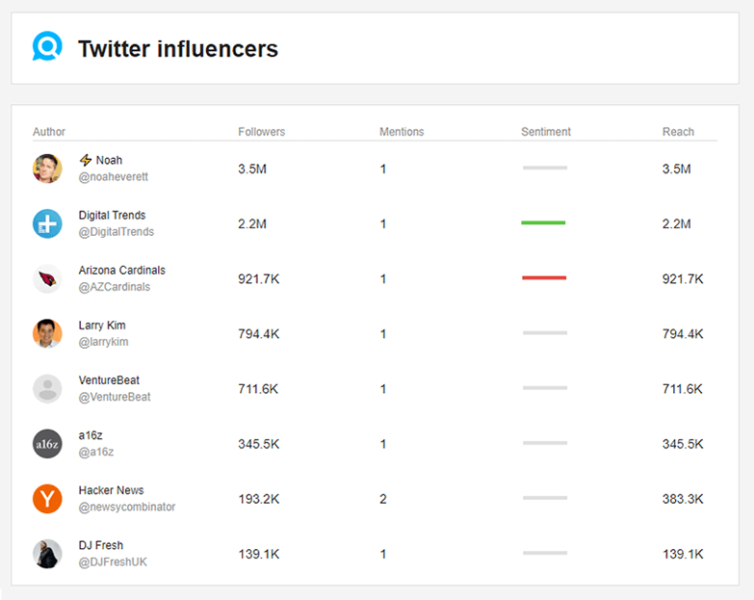
Most social media monitoring tools will show you the impact, or reach, of your brand mentions. From there, you can find who your most influential brand advocates are. If you’re looking to find new influencers to partner with, all you need to do is create a social listening alert for your industry and see who the most influential people in your niche are. Lastly, make sure to take note of your competitors’ influencers — they will likely turn out to be a good fit for your brand as well.
8. Research.

Social listening isn’t just for brands — it also lets you monitor what people are saying about any phenomenon online. Whether you’re a journalist writing an article on Brexit, a charity looking to evaluate the volume of conversations around a social cause, or an entrepreneur looking to start a business and doing market research, social listening software can help.
3 best social media listening tools
Now that we’re clear on the benefits of social media monitoring, let’s see what the best apps for social listening are. Here are our top 3 picks for every budget and company size.
1. Awario
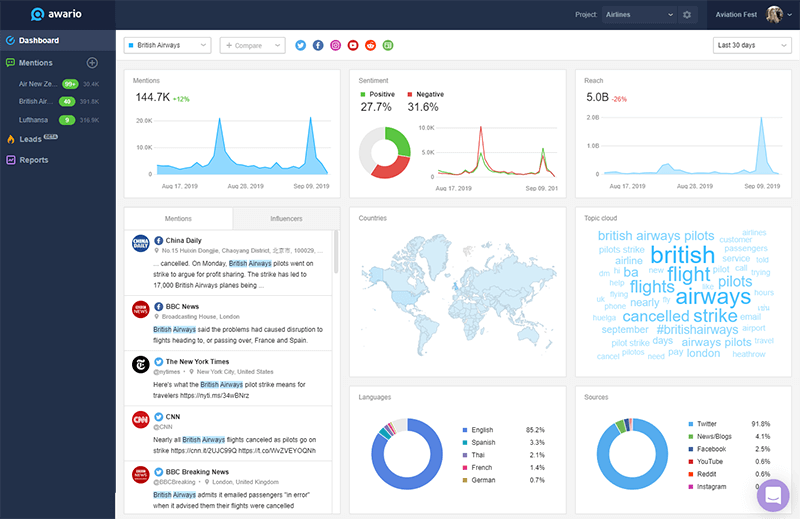
Awario is a powerful social listening and analytics tool. With real-time search, a Boolean search mode, and extensive analytics, it’s one of the most popular choices for companies of any size.
Awario offers the best value for your buck. With it, you’ll get over 1,000 mentions for $1 — an amazing offer compared to similar tools.
Key features: Boolean search, Sentiment Analysis, Topic clouds, real-time search.
Supported platforms: Facebook, Instagram, Twitter, YouTube, Reddit, news and blogs, the web.
Free trial: Try Awario free for 7 days by signing up here.
Pricing: Pricing starts at $29/mo for the Starter plan with 3 topics to monitor and 30,000 mentions/mo. The Pro plan ($89/mo) includes 15 topics and 150,000 mentions. Enterprise is $299/mo and comes with 50 topics and 500,000 mentions. If you choose to go with an annual option, you’ll get 2 months for free.
2. Tweetdeck
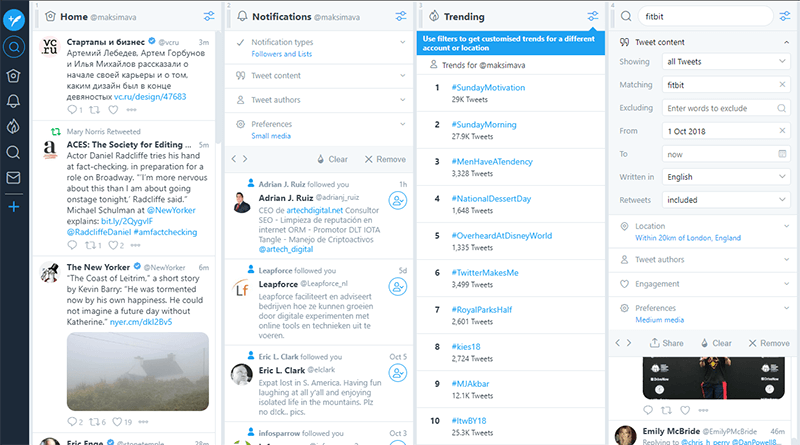
TweetDeck is a handy (and free) tool to manage your brand’s presence on Twitter. It lets you schedule tweets, manage several Twitter accounts, reply to DMs, and monitor mentions of anything across the platform — all in a very user-friendly, customizable dashboard.
For social media monitoring, TweetDeck offers several powerful ways to search for mentions on Twitter with a variety of filters for you to use. You can then engage with the tweets without leaving the app.
TweetDeck is mostly used for immediate engagement — the tool doesn’t offer any kind of analytics.
Key features: User-friendly layout, ability to schedule tweets, powerful search filters.
Supported platforms: Twitter.
Free trial: N/A
Pricing: Free.
3. Brandwatch
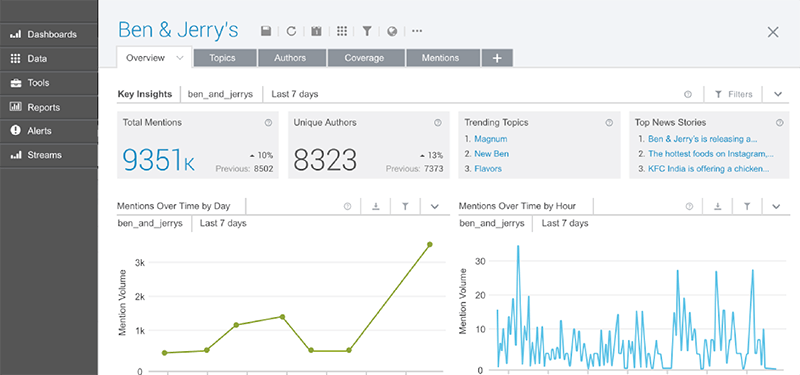
Brandwatch is an extremely robust social media intelligence tool. It doesn’t just let you monitor brand mentions on social: the tool comes with image recognition, API access, and customizable dashboards that cover just about any social listening metric you can think of.
Brandwatch’s other product, Vizia, offers a way to visualize your social listening data and even combine it with insights from a number of other sources, including Google Analytics.
Key features: Powerful analytics, exportable visualizations, image recognition.
Supported platforms: Facebook, Twitter, Instagram, YouTube, Pinterest, Sina Weibo, VK, QQ, news and blogs, the web.
Free trial: No.
Pricing: Brandwatch is an Enterprise-level tool. Their most affordable Pro plan is offered at $800/month with 10,000 monthly mentions. Custom plans are available upon request.
Before you go
Social media is an invaluable source of insights and trends in consumer behavior but remember: social listening doesn’t end with the insights. It’s a continuous learning process — the end goal of which should be serving the customer better.
Opinions expressed in this article are those of the sponsor. Search Engine Land neither confirms nor disputes any of the conclusions presented above.


